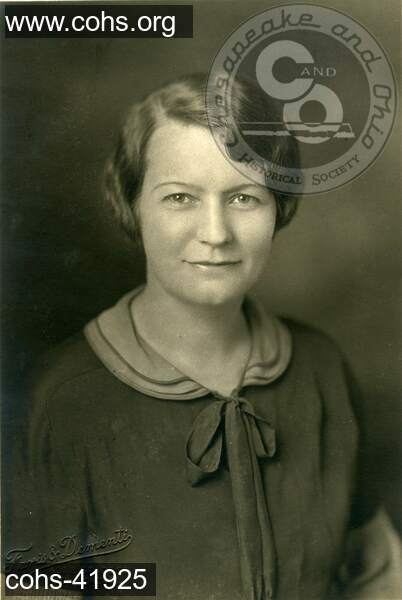
Growing up, I was aware of Eye of the Needle in a vague sort of way. My parents had it on VHS and described Donald Sutherland’s performance in it as chilling. We never watched it together. Dad could be a little prudish about R-rated movies with sexual content; when he showed me The Godfather as a teenager, I remember that he had me cover my eyes when Sonny Corleone has sex with Lucy Mancini. I assume he did the same for Michael and Apollonia’s wedding night. Shortly before his death, and relevant to this review, Dad expressed his discomfort with Return of the Jedi’s treatment of Princess Leia in Jabba’s palace.
Richard Marquand directed Eye of the Needle, and apparently impressed George Lucas enough to be offered the job on Return of the Jedi. He made only three more features before dying of a stroke in 1987 at the young age of 49, following the troubled production of Hearts of Fire. Inevitably he’s remembered for Return of the Jedi, though as with Irvin Kershner and The Empire Strikes Back there’s an asterisk and the inevitable questions of who did what on the production. The difference is that Kershner died in 2010 at the age of 87, and anyone who’s listened to the commentary tracks for Empire recognizes Kershner’s enormous contributions to the finished product. By comparison, Marquand remains an enigma.
Eye of the Needle is a Ken Follett adaptation, and as of 2024 the only feature release. I haven’t read the source novel, published in 1978. The story is set in the United Kingdom during World War II. There is a prologue of sorts in 1940, with the main action in 1944. There are two primary point-of-view characters: Faber, a German spy undercover in the UK, played by Donald Sutherland; and Lucy, a young recently-married Englishwoman, played by Kate Nelligan.
